Trump says US faces 'economic disaster' if Supreme Court rules against tariffs
Trump has floated the idea of using tariff revenues to pay what he calls a 'dividend' to lower-earning Americans.
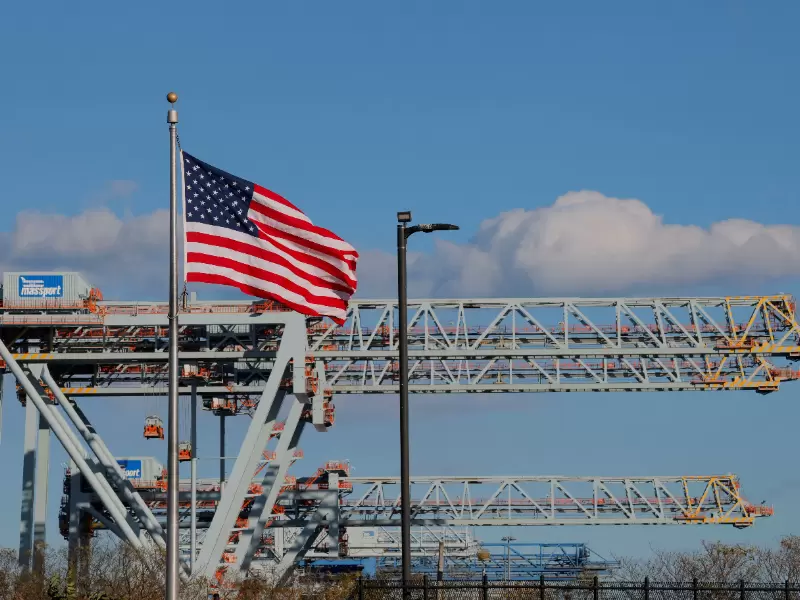 A U.S. flag flies in front of cranes at the Conley Container Terminal, as the U.S. Supreme Court is set to consider the legality of U.S. President Donald Trump's global tariffs, in Boston, Massachusetts, U.S., November 4, 2025. / REUTERS/Brian Snyder
A U.S. flag flies in front of cranes at the Conley Container Terminal, as the U.S. Supreme Court is set to consider the legality of U.S. President Donald Trump's global tariffs, in Boston, Massachusetts, U.S., November 4, 2025. / REUTERS/Brian Snyder
U.S. President Donald Trump said on Nov. 10 the United States faced an economic and national security disaster if the Supreme Court ruled against his use of an emergency powers law to impose sweeping tariffs against nearly every country.
Trump said his administration planned to issue a $2,000 payment to lower- and middle-income Americans using the tariff dividends, while using the remaining proceeds to lower U.S. debt.
Trump, who has previously floated the idea of using tariff revenues to pay what he calls a "dividend" to lower-earning Americans, repeated it in a Truth Social post on Nov. 9 and during remarks to reporters in the Oval Office on Nov. 10.
"We're going to issue a dividend to our middle income people and lower income people - about $2,000 - and we're going to use the remaining tariffs to lower our debt," Trump said during the swearing-in of his new envoy to India, Sergio Gor.
Kevin Hassett, Trump's top economic adviser, told reporters at the White House on Nov. 10 the administration had initially thought it needed to use the tariff revenues solely for deficit reduction, but now saw a chance to move forward with a dividend payment due to what he called "a big surge in tax revenues."
Trump's poll numbers have weakened in recent months amid growing concerns about the economy and ongoing frustration about inflation, with many voters citing affordability as part of their decision to vote Democrats into office in New Jersey, Virginia and New York City.
Trump also took issue with media reports about the amount of duties collected that the U.S. government might have to repay if the Supreme Court agrees with a lower court that Trump's sweeping tariffs were illegal.
During last week's oral arguments on the tariff case, Supreme Court justices cast doubt on Trump's authority to impose tariffs under the 1977 International Emergency Economic Powers Act (IEEPA), which contains no references to tariffs.
Justice Amy Coney Barrett suggested it "could be a mess" for the courts to administer refunds to U.S. importers who have paid tariffs that were declared illegal. It remains unclear exactly when the highest court will rule, and whether companies will be entitled to refunds of more than $100 billion in IEEPA tariffs paid so far if Trump loses.
Trump insisted in a social media post on Nov. 10 that those estimates were far too low, and required repayments would exceed $2 trillion in tariff revenues and investments.
"They're not giving the right numbers," Trump told reporters. "There would be an economic disaster. It would be a national security disaster if we lost the case in the Supreme Court."
Trump hailed what he called a decline in inflation since he took office, arguing that food prices and energy prices were coming down and inflation would be down to 1.5 percent "pretty soon."
U.S. consumer prices increased slightly less than expected in September from the previous month, as a surge in the cost of gasoline was partially offset by a sharp moderation in rents; a slowdown in price increases for airfares, hotel and motel rooms; and cheaper used cars and trucks. Tariffs on imports continued to raise prices for apparel, appliances, furniture and bedding, and sporting goods.
In the 12 months through September, the Consumer Price Index increased 3.0 percent after advancing 2.9 percent in August.
ADVERTISEMENT
ADVERTISEMENT
E Paper
Video



 Reuters
Reuters

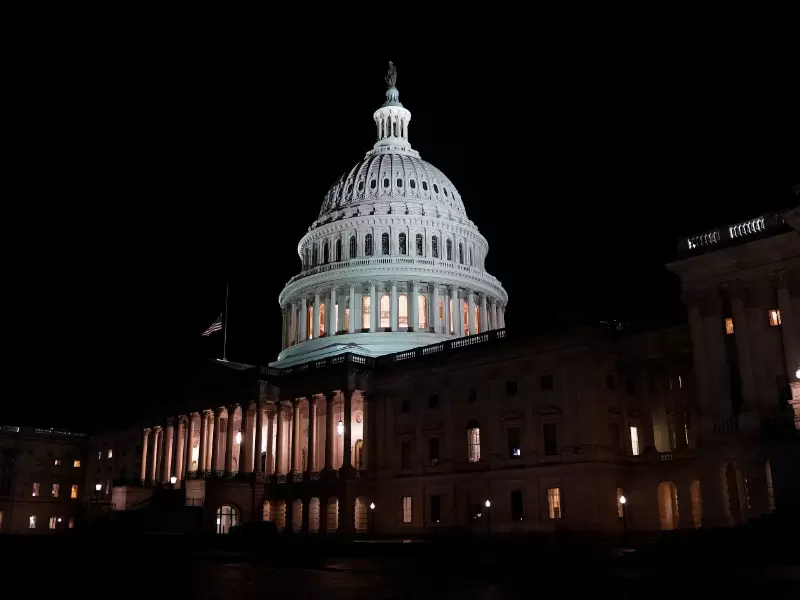
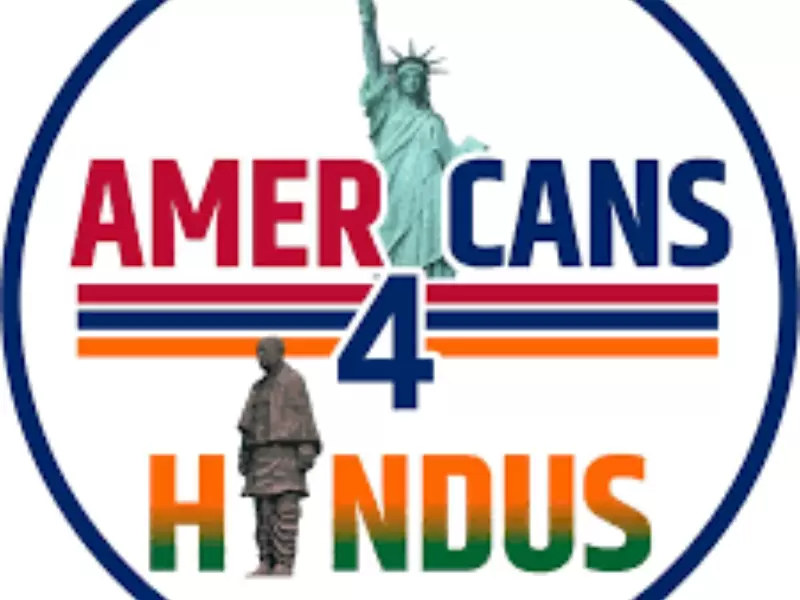
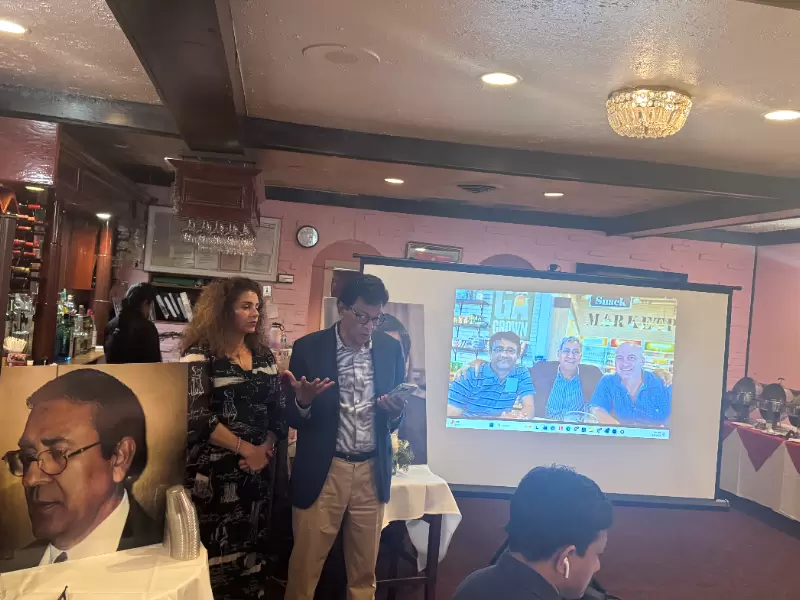
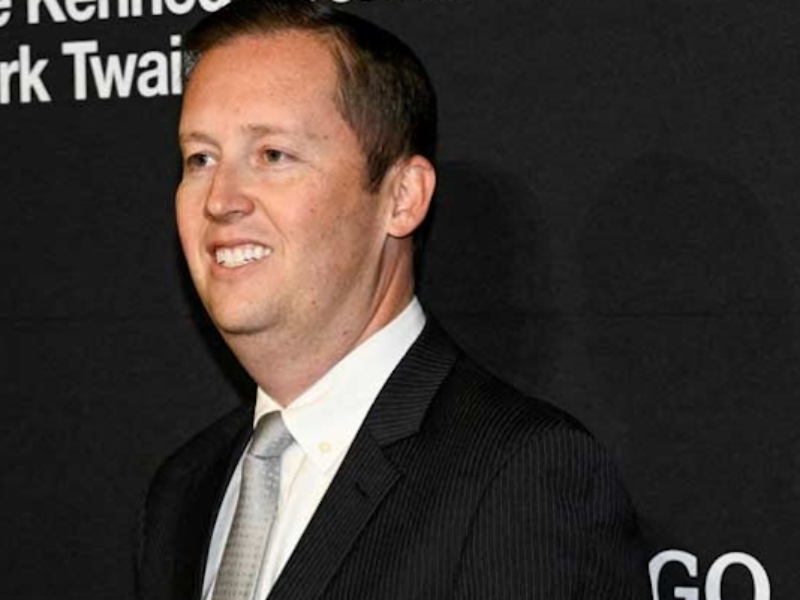
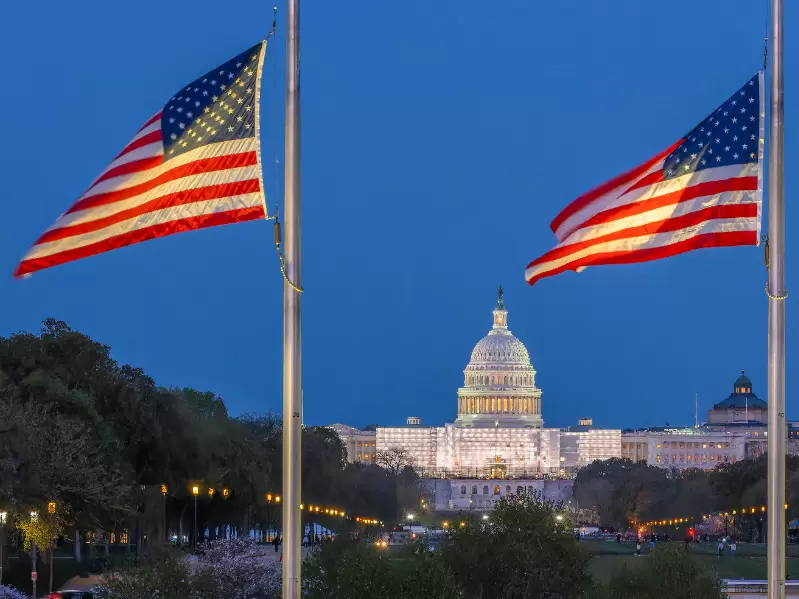
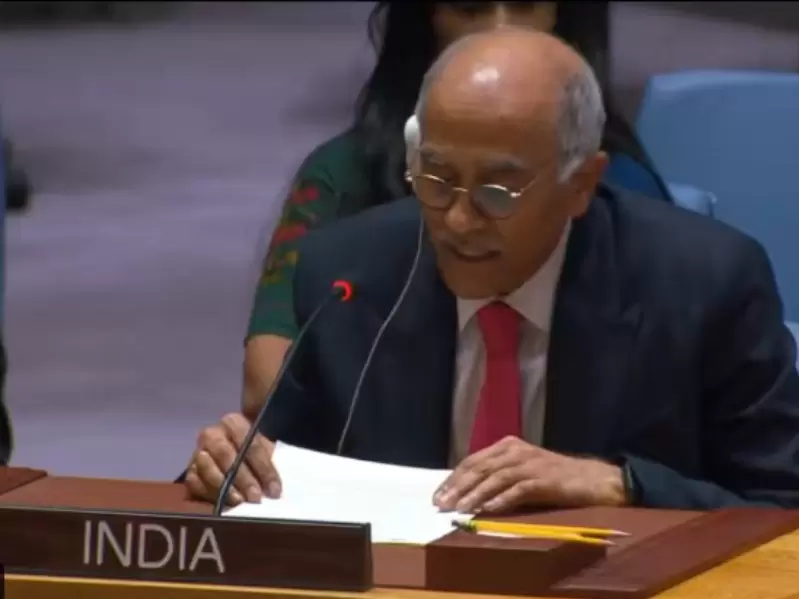
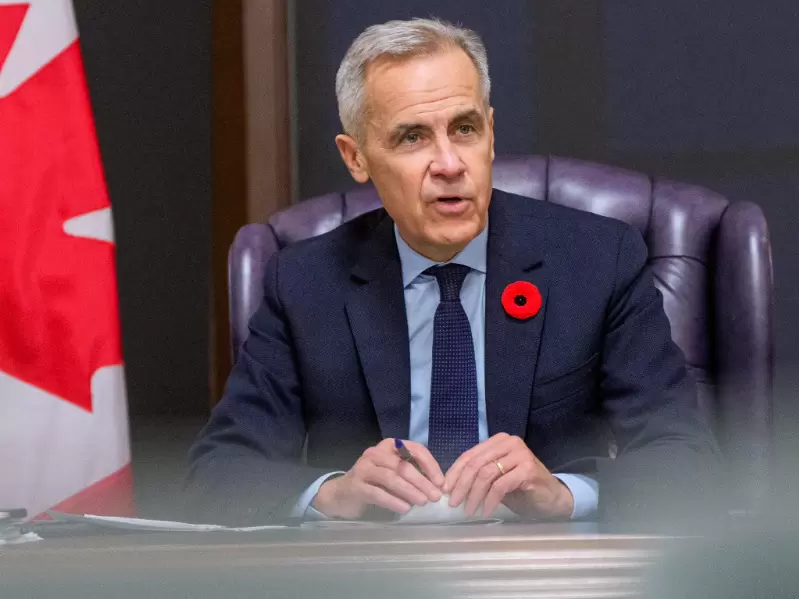



Comments
Start the conversation
Become a member of New India Abroad to start commenting.
Sign Up Now
Already have an account? Login